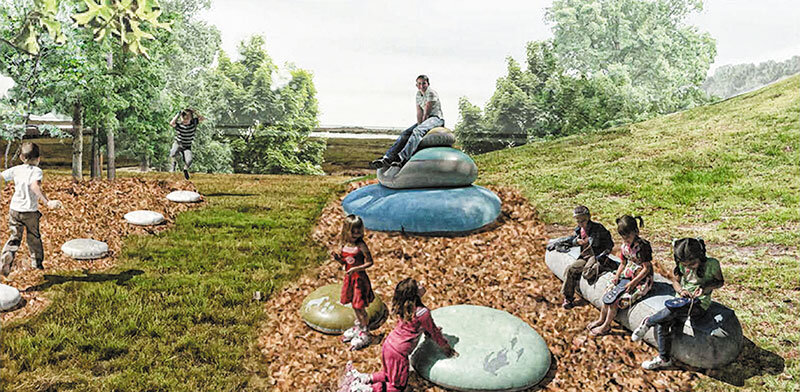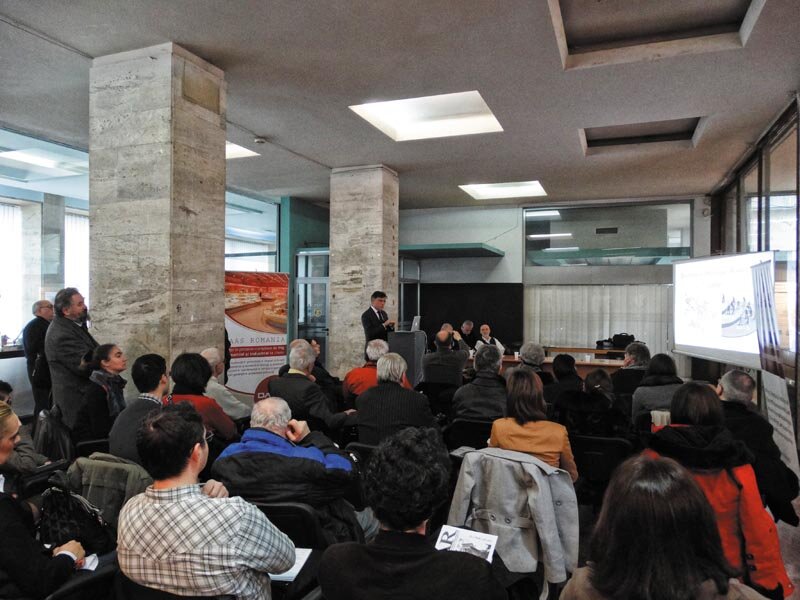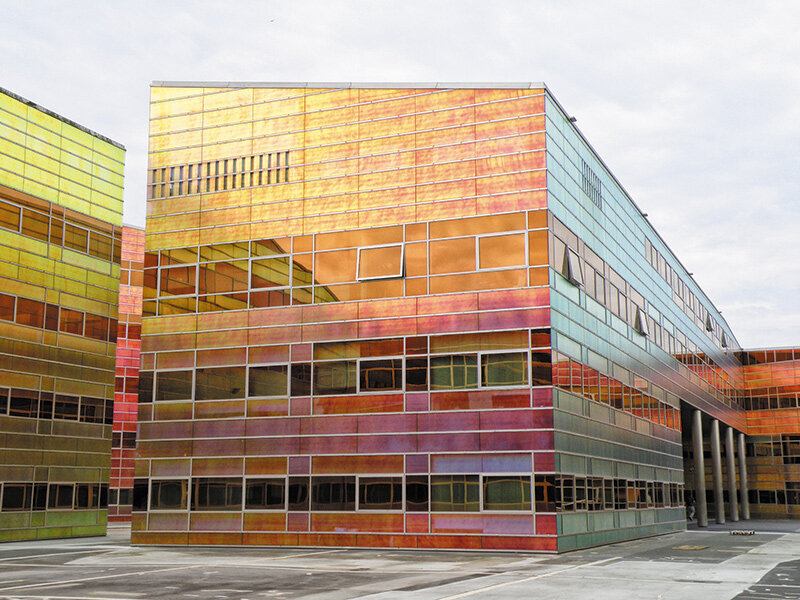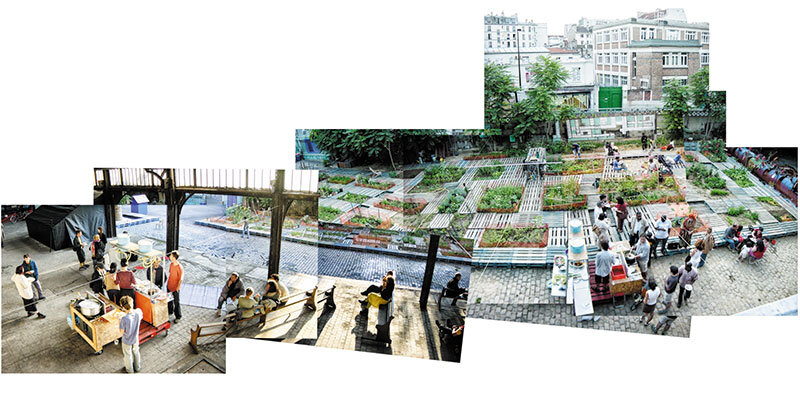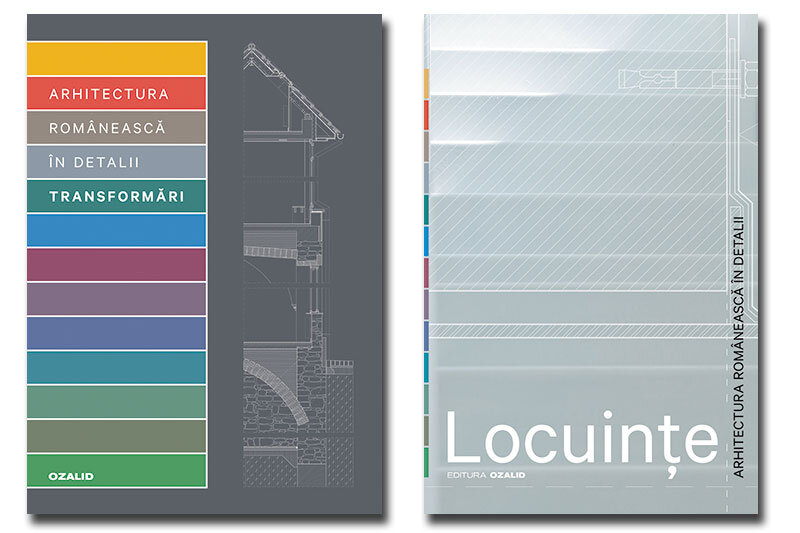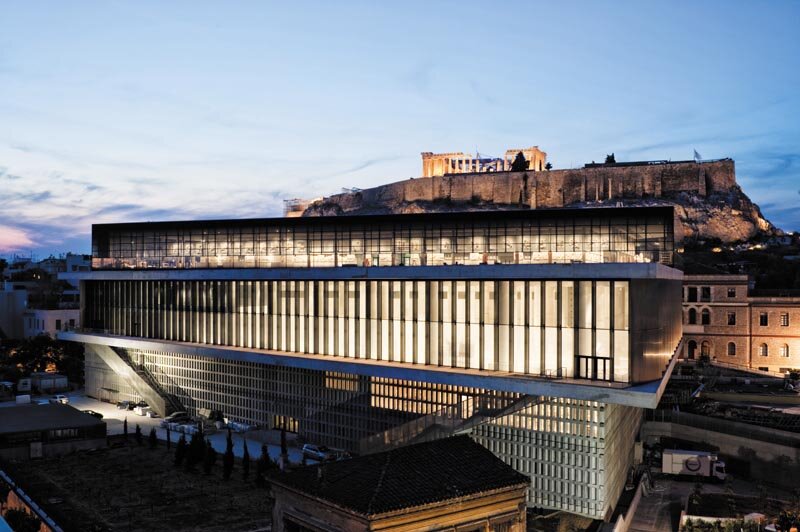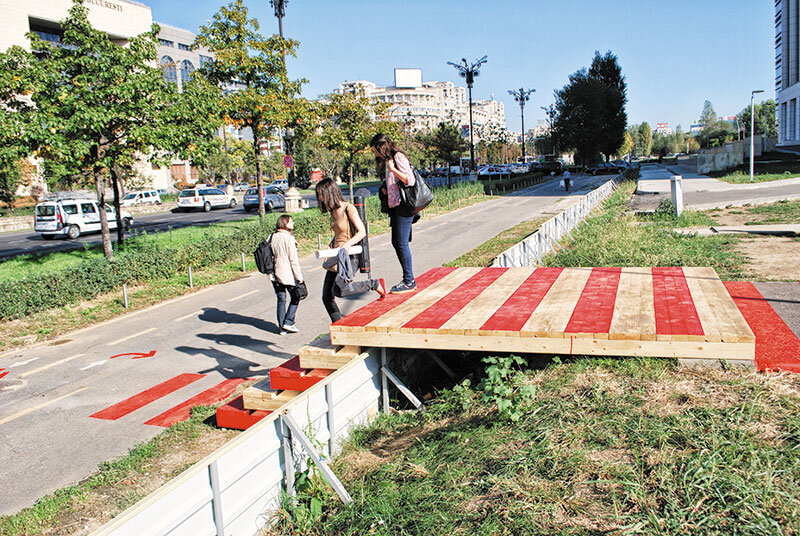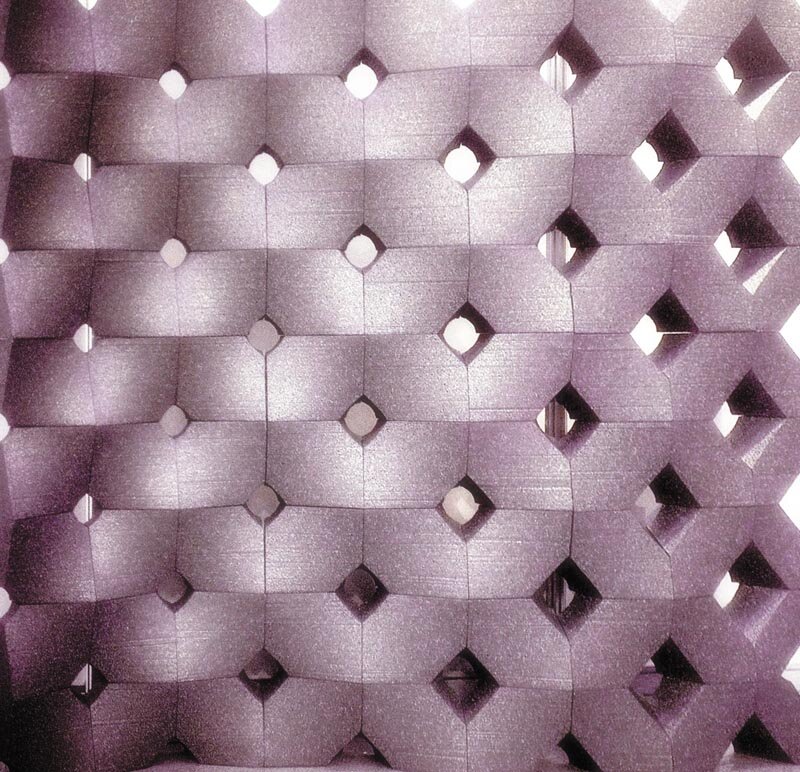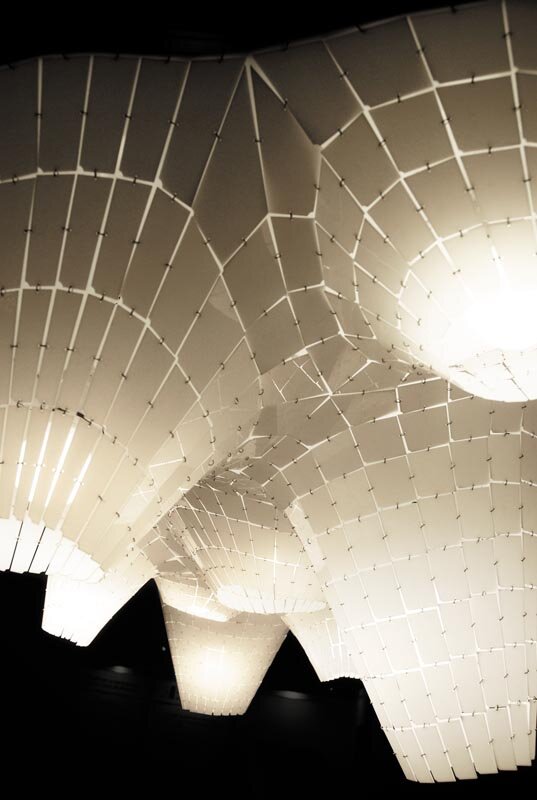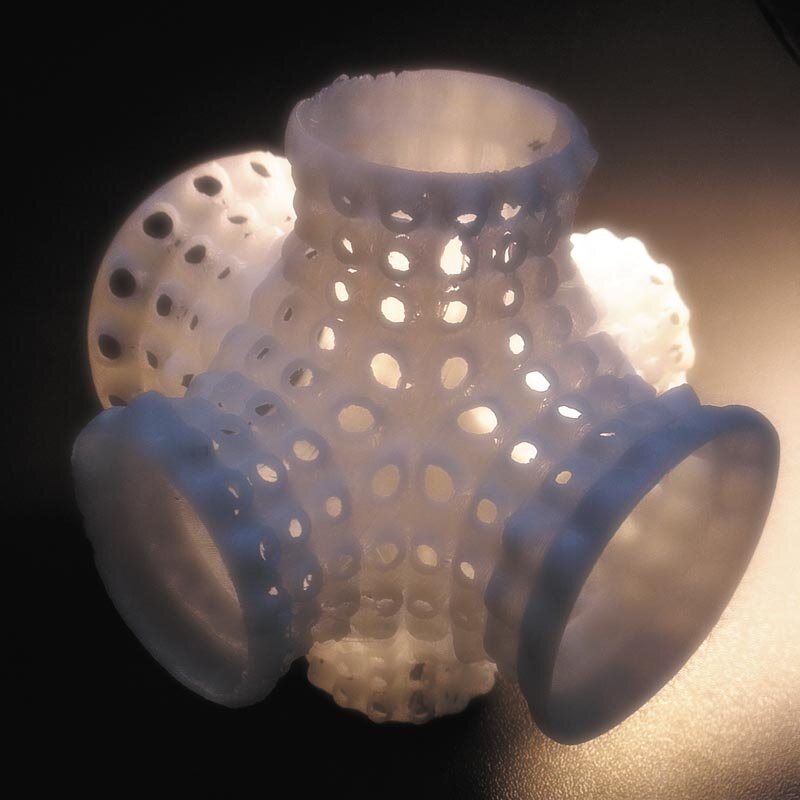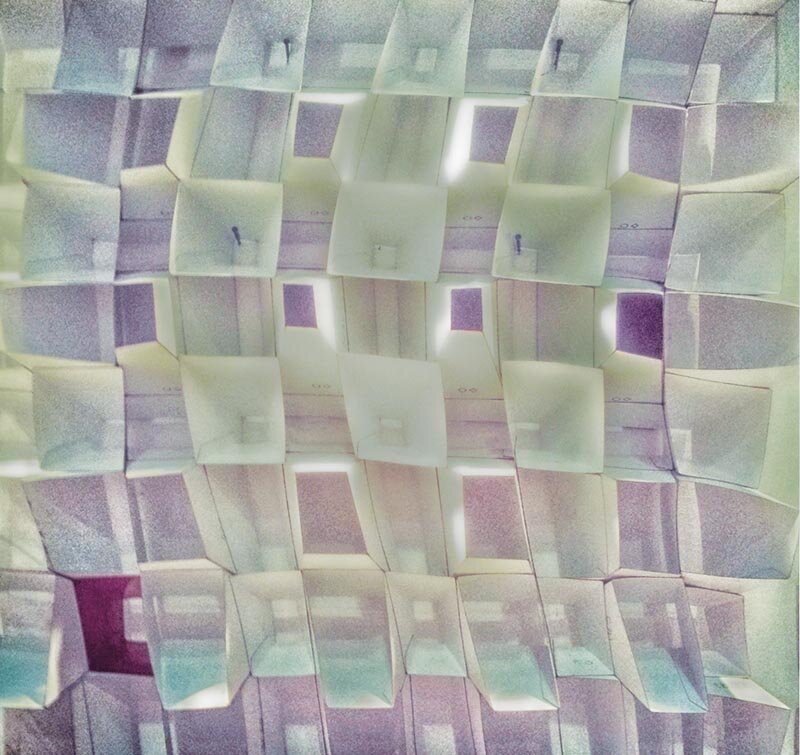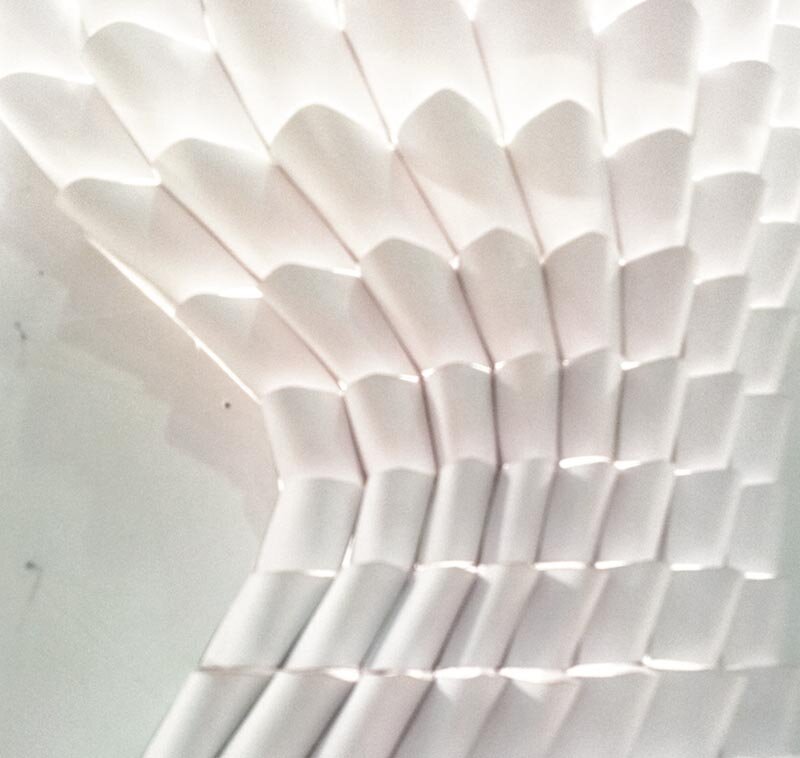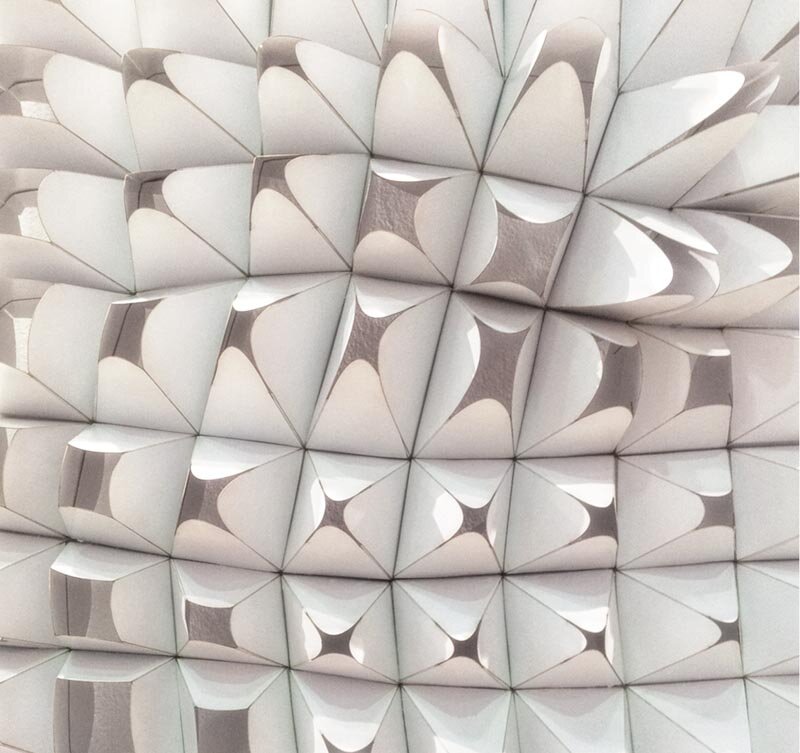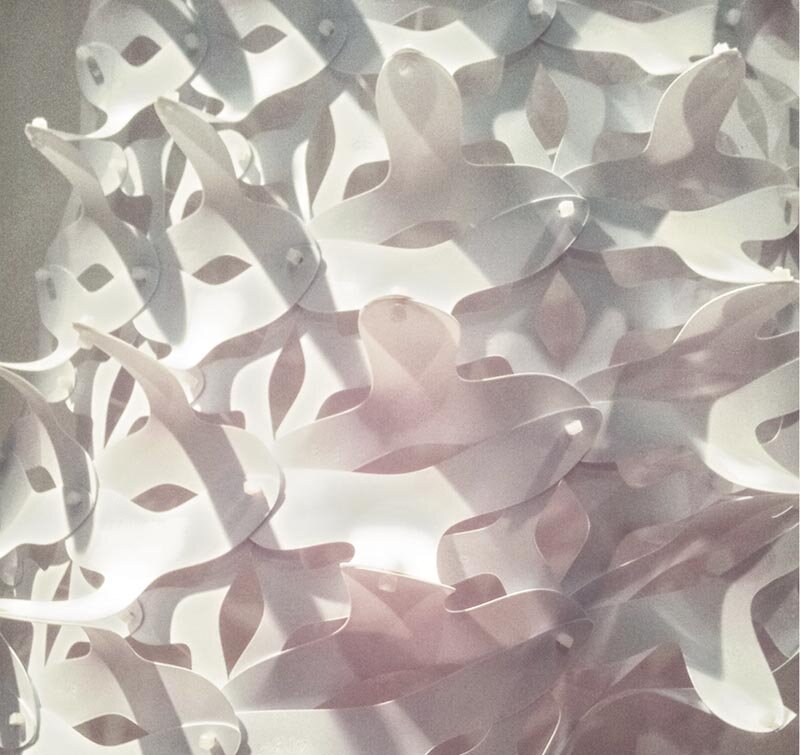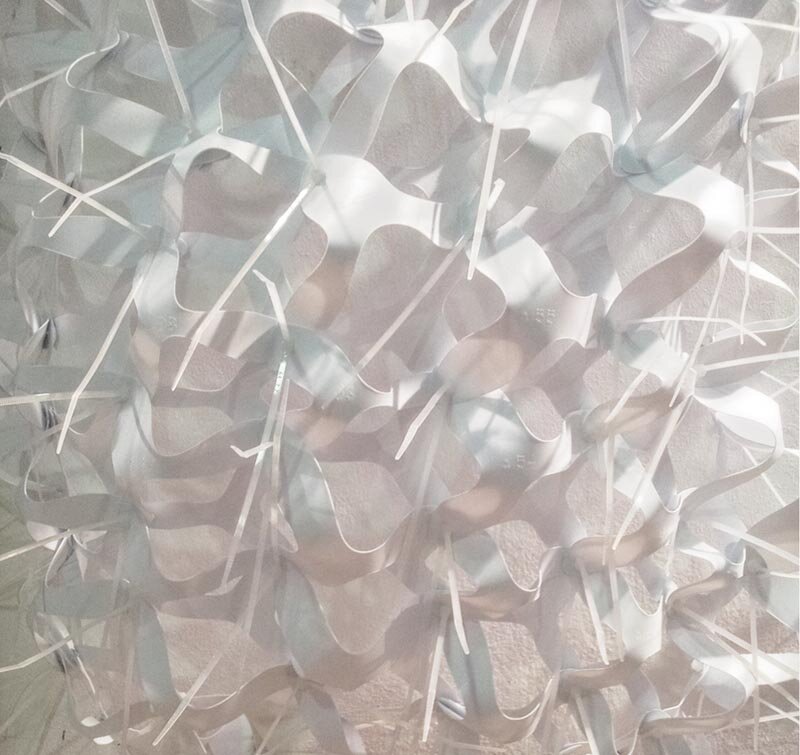The influence of digital tools on architecture
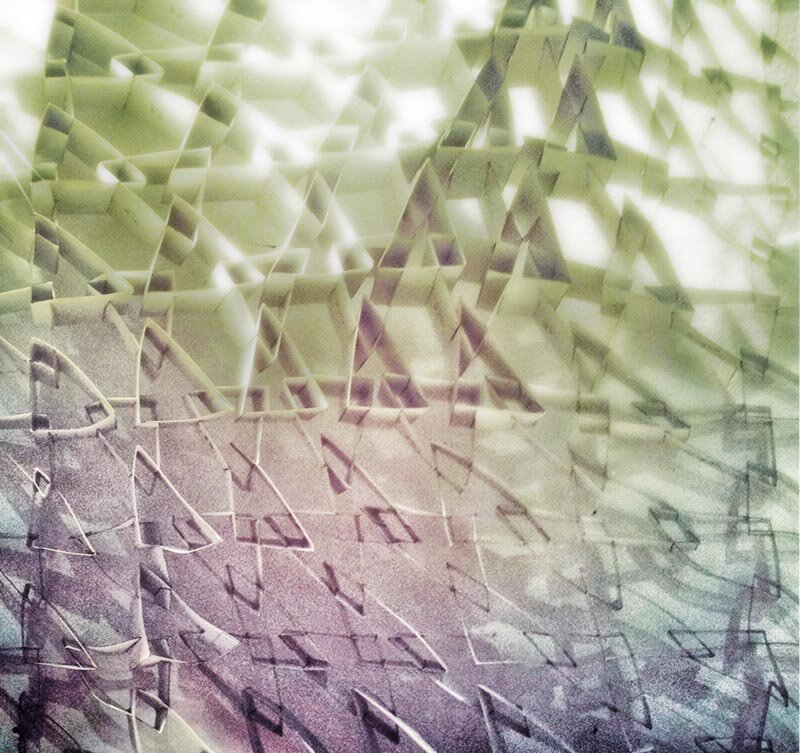
The Influence of Digital Tools on Architecture
| We are: idz architecture is an emerging architecture and design studio whose research and design focuses on the involvement of computation in the creative process and the use of advanced digital fabrication tools in the materialization of architectural artifacts. The development of research in computation and digital fabrication is fueled by a shared passion of the studio's two members, Ionuț Anton and Dana Tănase, and is coupled with PhD research.Our research goes beyond a new expression of architecture and its reliance on digital tools, and goes into substance, investigating how we think and produce architecture and design using digital technologies. |
| We think: From the designers' perspective, technology was perceived as inflexible, they were forced to work with what was available. Until recently, architects expected other disciplines to develop tools and select from a catalog of possibilities. In doing so, they are no longer directly involved and their professional knowledge and experience does not influence the research and development of architectural practice.This has caused the architect to lose the connection with the production process and assume a more abstract status. Through digital technology, architects have the opportunity to design and adapt highly customizable tools that can be used in digital design and fabrication. The digital designer has to accept that they will lose the power of control in some aspects of the design process in order to achieve greater involvement in the project. Digital technology provides a common ground where creativity is put together with digital conceptual tools and digital fabrication tools in a highly flexible feedback relationship. Ironically, by proposing a negotiation between design, fabrication and computation through digital technology, the autocratic aspect of technology is dissolved. Thus, by utilizing digital technology in the practice of architecture from concept to fabrication, the opportunity arises to achieve a more informed, unique specific response, a locally tailored architectural object. This uniqueness of the architectural product has been achieved, until now, by using, in a different way, a series of standard, possibly prefabricated, components and as few different elements as possible. This approach indicates the lack of creativity and flexibility brought by materialization processes in design. [...] |
| Read the full text in issue 2 / 2014 of Arhitectura Magazine |
| Who we are: idz arhitectură is an emergent architecture and design studio, who's research and design focuses on the involvement of computation in the creative process and on the use of advanced digital fabrication tools in the making of architectural artifacts. The development of research in the field of computation and digital fabrication is fueled by a united passion of the two studio members, Ionuț Anton and Dana Tănase, and is also doubled by doctoral research. Our research transcends a new expression of architecture and its dependence on digital tools, and goes further into substance, developing new ways in which we think and make architecture and design using digital tools. |
| What we believe in: From a designer point of view, technology was inflexible; one had to work with what one was provided with. Until recently the architects were waiting for other disciplines to develop tools and select from a catalog of possibilities. By doing so, they are not active individuals and their professional experience and knowledge will not influence the future development of the architecture practice. This led the architect to lose touch with the production process and to assume a more abstract status. Through the digital technology the architect is provided with an opportunity in designing and adapting highly customizable tools, used in both digital design and fabrication. The digital designer must assume the fact that he has to lose the power of control in some aspects of the design process, to gain a higher involvement into the project. Digital technology provides a common ground where the designer creativity is put together with digital conceptual tools and digital fabrication tools, in a very flexible feedback relationship. Ironically, by proposing a negotiation between design, fabrication and computation, through digital technology, the autocratic aspect on technology is dissolved. Thus, by using digital technology in the architecture practice from concept to the fabrication, one has the opportunity to obtain a unique specific response, more informed, locally adapted architectural object. This uniqueness of the final architecture product was achieved, using, in a different way, a range of prefabricated standard components and as few as possible custom elements. This approach indicates the lack of creativity and flexibility brought by the materialization processes into the project design. [...] |
| Read the full text in the print magazine |





